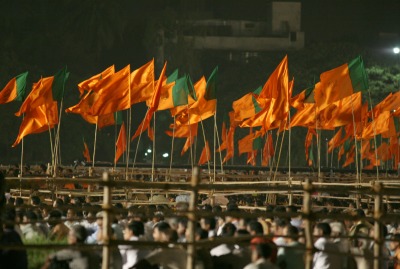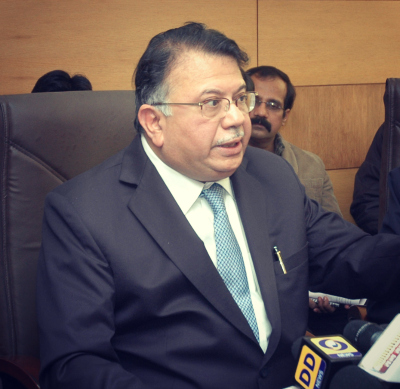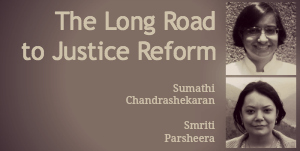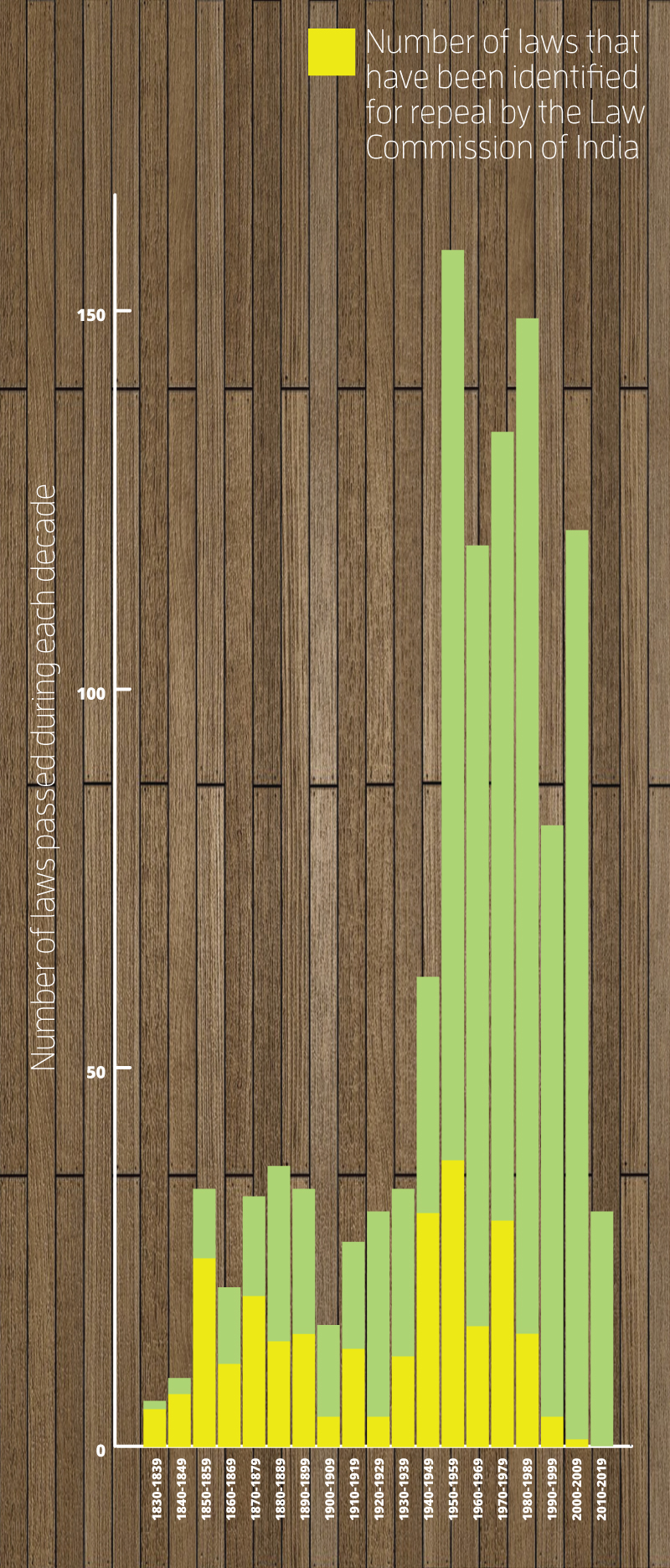 That arbitration in India is a costly, time-consuming, and inefficient affair is well known. Excessive court applications, exorbitant arbitrator fees, and respondent recalcitrance are the norm and in many ways, arbitrations do not provide a better and more efficient alternative to the courts for the resolution of commercial disputes. Only if this important objective is achieved can arbitration promote trade, commerce, and investment.
That arbitration in India is a costly, time-consuming, and inefficient affair is well known. Excessive court applications, exorbitant arbitrator fees, and respondent recalcitrance are the norm and in many ways, arbitrations do not provide a better and more efficient alternative to the courts for the resolution of commercial disputes. Only if this important objective is achieved can arbitration promote trade, commerce, and investment.
The Law Commission of India, on August 7, 2014, released its 246th report (“Report”), suggesting amendments to the Arbitration and Conciliation Act, 1996 (“ACA”) to make arbitration in India more efficient. With the Union government indicating that it will implement statutory reforms to the ACA soon, let us first look at some aspects of arbitration practice in India that the Report has identified as being at the root of the inefficiency.
No ‘institutional’ arbitration
‘Institutional’ arbitration is carried out under the administration of a specialised institution, like the London Court of International Arbitration (“LCIA”) or the Singapore International Arbitration Centre (“SIAC”) and in accordance with their rules. In ‘ad hoc’ arbitrations, the parties determine all aspects of the arbitration themselves. Institutional arbitrations typically tend to be better regulated and therefore, less inefficient as they involve detailed procedural rules, tighter timelines, reasonable (arbitrator) fee schedules, and administrative oversight.
Exorbitant ‘per sitting’ fees
The fees that are typically charged by arbitrators in Indian ad hoc arbitrations not only drive up costs, but also disincentivises arbitrators from conducting arbitrations speedily (that is, with fewer sittings).
Adjournment culture
Parties seek and receive too many adjournments over the course of the arbitration and arbitrators do not use cost sanctions to check any wasteful or dilatory conduct.
Wide scope of judicial enquiry
The judiciary has unnecessarily widened the scope of judicial enquiry when hearing arbitration applications. For instance, Section 11 appointments have been characterised as a ‘judicial’ function. This has subjected them to the lengthy Special Leave Petition process. Similarly, when hearing set-aside applications under Section 34, awards are re-opened and reviewed on merits based on the ‘public policy’ ground.
Perverse statutory incentives that increase arbitration-related court applications
A party who challenges an award under Section 34 can obtain the statutorily created ‘stay’ of the enforcement of the award under Section 36. This has led to losing parties routinely filing set-aside proceedings to delay the enforcement of an award.
Let us delve deeper into the Report’s recommendations to disentangle arbitration from the courts, specifically its recommendations to reduce the scope of judicial enquiry in arbitration-related court applications.
The first problem is one of ‘judicial overreach’, that is, the trend of Indian courts expanding the scope of judicial review in arbitration-related court proceedings, undercutting the spirit of judicial minimalism in the ACA. The other is the volume of arbitration-related court proceedings in domestic arbitration in India. We will concentrate on the first problem.
Expansive judicial review in arbitration-related court proceedings
There has been a lot of academic and practitioner-led literature in this regard, particularly in the context of:
– Section 5 of the ACA, which has been read down to make it subject to the inherent powers of the civil courts under Sections 9 and 151 of the Code of Civil Procedure, 1908;
– Section 8 of the ACA, which has also been interpreted to allow the courts to get into issues relating to the validity, operability, and enforceability of the arbitration agreement notwithstanding its express exclusion by the drafters of the ACA, worsened by the fact that the courts often encroach upon the jurisdiction of the tribunals and decide substantive issues in dispute when hearing challenges to the arbitration agreement;
– Section 11 of the ACA, under which the arbitrator-appointment function of the courts has been converted from an ‘administrative’ function to a ‘judicial’ decision, which can be subject to lengthy appellate proceedings through the SLP route; and
– Section 34 of the ACA, under which the ‘public policy’ ground for challenging awards has been expanded to such an extent that it is now essentially the same as a regular appeal on law under the Code of Civil Procedure, 1908.
The Report echoes existing popular opinions and recommends on reducing the scope of judicial review in these proceedings. For example, it clarifies that Section 11 appointments should be regarded as administrative acts (not subject to review through the SLP process).
Judicial review of issues related to the validity of arbitration agreements and the arbitrability of disputes
Further, the questions that a court can get into when hearing Section 11 and Section 8 (stay) matters should be limited to issues regarding the existence or validity of the arbitration agreement as well as issues of arbitrability, but not questions regarding the scope of the arbitration agreement or the merits of the dispute (which includes issues relating to the validity of the underlying contract). Essentially, the Report echoes the position taken by the Supreme Court in National Insurance Co. Ltd. v. M/s. Boghara Polyfab Pvt. Ltd. (September 18, 2008) and other such cases.
The Report also clarifies what matters the court can and cannot determine when hearing challenges to the arbitrability or the arbitration agreement under Sections 8 and 11. Again, it echoes what was said in Boghara Polyfab Pvt. Ltd., that is, that the court can decide questions of (i) whether it (the relevant court) has jurisdiction to hear the application; (ii) whether there is a valid and enforceable arbitration agreement; (iii) whether the party who has applied is a party to such an agreement; (iv) whether the claim that is subject to arbitration is a dead claim (barred by limitation) or a live claim; and (v) whether the disputes subject to arbitration have been settled.
Tightening the ‘public policy’ ground used to set aside awards
In relation to Section 34, the Report seeks to tighten the ‘public policy’ ground for setting aside arbitral awards to discourage the courts from interpreting this ground widely and reviewing awards on merits. The Report refers to Renusagar Power Co. Ltd. v. General Electric Co. (1994), where the Supreme Court, in relation to a challenge to the enforcement of a foreign award, interpreted the meaning of the ground, “in conflict with the public policy of India”. The Court held that the term ‘public policy’ meant: (i) fundamental policy of Indian law; (ii) the interests of India; or (iii) justice or morality. The Court categorically held that contravention of law alone will not attract the bar of public policy.
The Report suggests that ‘public policy’ be confined to (i) and (iii) above in the context of international arbitrations seated in India, that is, that challenges based on the award being against the interests of India be disallowed. For domestic awards however, courts should be permitted to check the award for “patent illegality” when there is a challenge under Section 34.
These suggestions are commendable and mostly in line with what practitioners and commentators suggest. However, it is not clear whether they will make a difference in practice, as their application and interpretation remains at the hands of the judiciary, which has traditionally expanded the scope of its role in arbitration-related court hearings.
For example, in relation to challenges to the arbitration agreement, it is not difficult to envisage a situation where a court decides to delve into the substantive issues in dispute, such as the validity of the underlying contract, when it is framed as part of a challenge to the validity of the arbitration agreement (as the lower courts did in Enercon), or declare an agreement “inoperable” when there are pending proceedings before the courts relating to matters subject to the arbitration agreement (as the Delhi High Court did in Vikram Bakshi and Another v. Mc Donalds India Pvt. Ltd. and Others, I.A. No.6207/2014). Likewise, the public policy criteria in Section 34 – “justice or morality” and “fundamental policy of Indian law” can easily be interpreted by the courts in a wide manner. The point is simple. Statutory reforms by themselves do not protect against an interfering judiciary; much of the effectiveness of these reforms depends upon the judicial approach to arbitration-related court proceedings.
The large volume of arbitration-related court applications is another, and perhaps even more important aspect, of the problem of arbitration-court entanglement in India. This not only slows down arbitration, but also adds to the arrears before our already overburdened civil courts. The suggestions in the Report in this regard are quite far reaching and deserve closer attention.
(Sindhu Sivakumar is a solicitor on the rolls of England and Wales and qualified as an advocate in India.)






